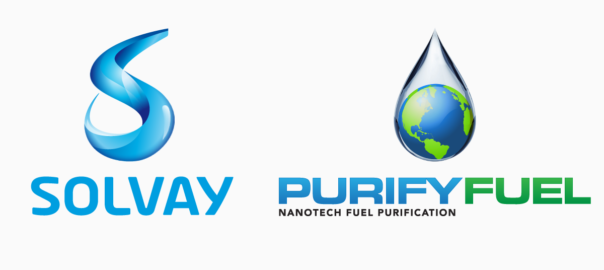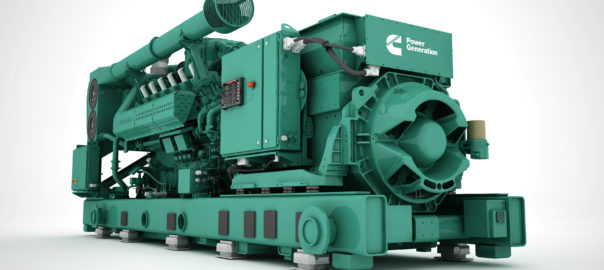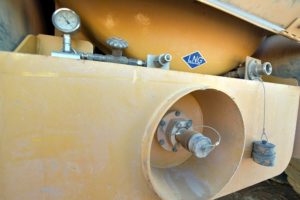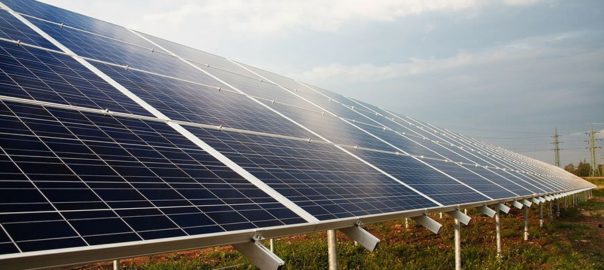Purify Fuel and Solvay say they have developed a nanotechnology-based fuel additive blend designed to improve fuel efficiency, increase power and reduce harmful emissions in existing diesel-powered engines.
First marketed 18 years ago, Solvay EOLYS Fuel Additives, an essential element in Purify Fuel’s fuel additive formulations (nanO2®), have been used in more than 16 million new engines with similar nanotech combustion catalysts. They are designed to reduce greenhouse gases and regulate emissions while improving fuel efficiency.
Through this effort, Purify Fuel’s nanO2 Fuel Additive Blends leverage Solvay’s nanotechnology expertise to create diesel fuel additive blends that reduce harmful emissions while improving fuel efficiency, Purify Fuel said. “The nanO2 Fuel Additive Blends can be introduced without any upfront costs to the 400 million diesel engines not already equipped with pollution control devices,” the company said.
John Carroll, CEO of Purify Fuel, said: “It is exciting to be part of this partnership, and to be working on a technology that will make meaningful impacts to transform the rail, marine, fracking, mining and power generation industries, leading to a significant reduction in harmful emissions on a global scale.
“While we all know the world needs faster conversion to renewable sources, there is still a great deal of infrastructure that is operating on diesel that will take years to convert. We have a proven solution that is available now, that reduces costs, and improves air quality.”
Sebastien Meric, Executive Vice President of Solvay Special Chem, added: “We are pleased to combine our 30 years of expertise in technologies for exhaust emission control & fuel efficiency with Purify Fuel to tackle both increasing emission and fuel consumption challenges.”
This global technology, which will be available in North America, Europe, Africa and Asia, provides advantages, according to the company, such as:
- Reducing harmful emissions by up to 35-55%;
- Improved fuel efficiency offsets the cost of the emissions-reducing fuel additive, and;
- Operator savings of 6-12% on net fuel costs.
Carroll added: “If operators of existing engines implemented nanO2 to reduce emissions by 30%, it would have the equivalent effect of removing 100 million diesel trucks off our roads – buying the world more time to implement smart pollution control technologies.”













